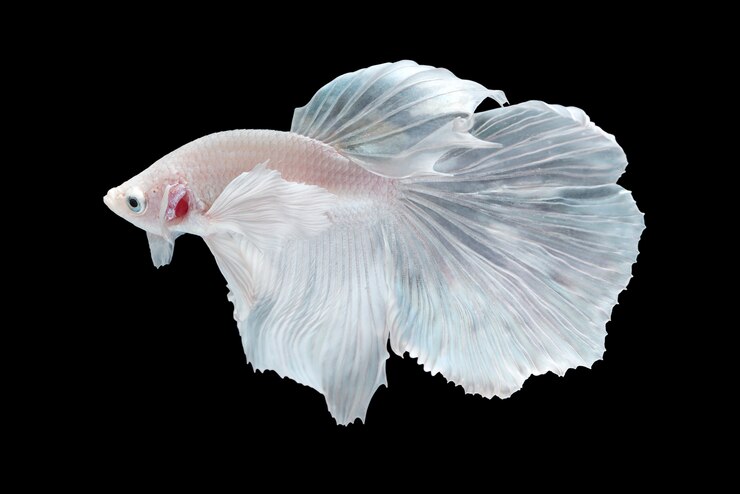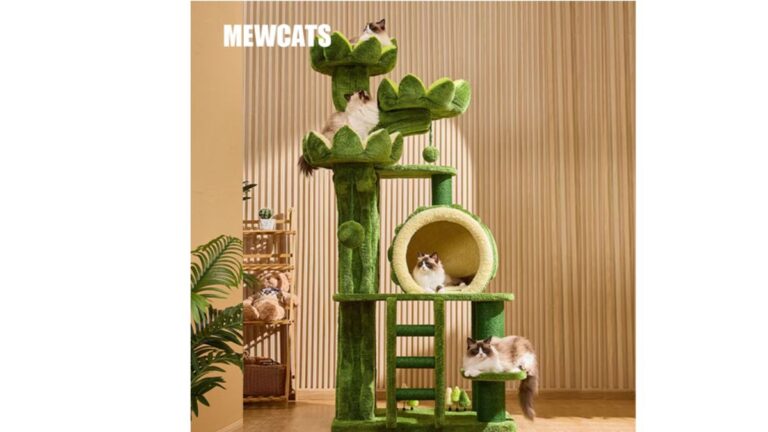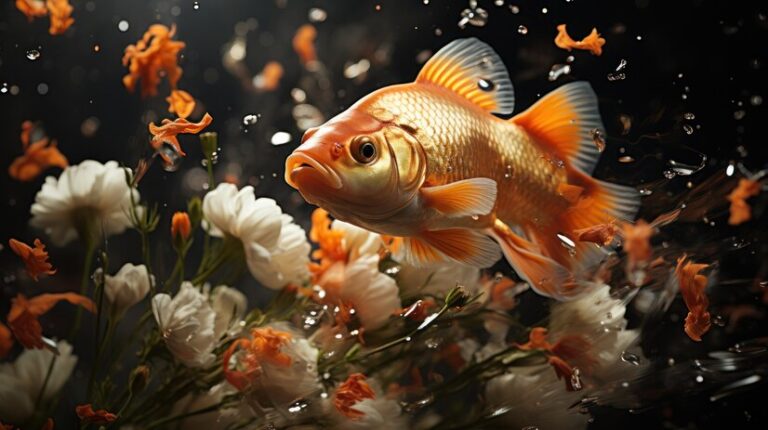Understanding Molly Gestations: Key Insights into Breeding and Pregnancy
Molly fish are popular freshwater aquarium fish known for their vibrant colors, easy maintenance, and active personalities. For those who wish to breed mollies, understanding the gestation period is crucial. This article dives into the molly Gestations process, providing insights into stages, signs, and care tips to ensure a healthy pregnancy and successful birth.
What is Molly Gestation?
Molly Gestations refers to the pregnancy period in molly fish, where fertilized eggs develop inside the female before live birth. As livebearers, mollies do not lay eggs like other fish; instead, they give birth to fully formed fry (baby fish), making their reproduction process unique and intriguing. This period typically lasts between 20-40 days, with environmental factors like water quality, temperature, and nutrition influencing the length of Gestations.
Understanding molly Gestations is essential for successful breeding. With proper care, mollies can produce healthy fry, adding to the aquarium’s dynamic ecosystem.
Signs of Pregnancy in Molly Fish
Recognizing the signs of pregnancy is the first step in providing proper care during molly Gestations. Here are the main indicators:
- Dark Gravid Spot: One of the most noticeable signs of pregnancy is the dark spot near the female’s anal fin. This area, known as the gravid spot, darkens as the fry develop.
- Increased Belly Size: A pregnant molly’s belly will swell over time. As Gestations progresses, her belly becomes more pronounced, often appearing square-shaped rather than round.
- Changes in Behavior: Pregnant mollies may become more reclusive, hiding behind plants or structures in the aquarium. This behavior helps reduce stress as she prepares for the birth.
- Decreased Appetite: Some females eat less as they get closer to giving birth. This decrease in appetite is a natural part of the molly gestation process.
Knowing these signs helps caretakers prepare for the birthing process and ensures the female receives the necessary support.
Stages of Molly Gestation
Molly gestation consists of distinct stages, each marked by specific developmental changes. These stages include:
Fertilization and Early Development
After mating, fertilization occurs within the female molly. Male mollies fertilize the eggs internally, which then begin developing inside the female. During this stage, little external change is noticeable, though the gravid spot may start to darken.
Mid-Pregnancy Development
In the mid-pregnancy stage, noticeable changes in the female’s appearance become apparent. Her belly expands, and the gravid spot darkens as the fry grow. This stage is critical for providing balanced nutrition to support healthy fry development.
Late Pregnancy and Pre-Birth Preparation
During the final stage of molly gestation, the female’s abdomen may look squared-off, signaling that birth is near. The female may become increasingly reclusive, hiding or staying in quieter parts of the tank. Setting up a breeding box or a separate tank can provide a safe space for the mother and newborn fry.
Setting Up a Breeding Environment for Molly Fish
Creating an ideal breeding environment is essential for the health of both the mother and her fry. Here are the main considerations:
- Tank Size: A separate breeding tank of around 10-20 gallons is ideal. This tank allows the pregnant molly to deliver her fry safely, away from other fish that may pose a threat.
- Filtration and Water Quality: Maintain high water quality with a gentle filtration system, as strong currents may stress the pregnant molly. Regularly test for pH, ammonia, nitrate, and nitrite levels.
- Plants and Hiding Spots: Adding live plants, such as java moss or hornwort, provides hiding spots for the fry, reducing their chances of being eaten by adult fish.
- Temperature: The ideal temperature for molly gestation ranges between 75-82°F. Keep the temperature stable to support healthy development and reduce stress.
Nutrition During Molly Gestation
Proper nutrition is vital during molly gestation. A balanced diet with protein, fiber, and essential vitamins promotes healthy fry development and supports the female’s health. Recommended foods include:
- Protein-Rich Foods: High-protein foods like bloodworms, brine shrimp, and daphnia help nourish the pregnant molly.
- Vegetables and Algae: Mollies are omnivores and benefit from vegetable matter, such as blanched spinach or algae-based foods.
- High-Quality Flakes and Pellets: Many commercial molly fish foods contain balanced nutrients that help with the energy requirements of pregnant females.
Frequent small feedings ensure the female molly gets enough nutrition without overloading the tank’s waste levels. Consider supplementing with live or frozen food to keep her energized during gestation.
Caring for Molly Fry After Birth
Once the fry are born, they require specific care to ensure survival. Here’s what to consider:
- Separating Fry from Adults: Mollies can display cannibalistic behavior, meaning adult mollies may eat the fry. To protect them, use a breeding box or a separate fry tank.
- Feeding Fry: Feed the fry high-quality, finely crushed food several times a day. Baby brine shrimp and finely ground flake food provide essential nutrients.
- Monitoring Water Quality: Fry are sensitive to water quality, so maintaining stable parameters is crucial. Conduct partial water changes regularly to keep the water clean.
- Providing Hiding Places: Fry benefit from dense vegetation or small hiding structures. These areas offer shelter and increase their chances of survival.
With the proper care, fry will grow quickly and can eventually be integrated into the main tank as they mature.
Common Issues and Challenges in Molly Gestation
Molly gestation and breeding can come with challenges. Being aware of potential issues helps prevent complications and ensures a healthy environment for the mother and fry. Common challenges include:
Stress and Aggression
Pregnancy can be stressful for mollies, especially in tanks with aggressive tank mates. Pregnant mollies may become defensive, and without ample hiding spaces, stress levels can rise. Monitoring tank interactions and providing hiding places can help reduce stress during molly gestations.
Disease and Parasites
Pregnancy can make mollies more susceptible to diseases like ich or fin rot. Regularly checking for signs of illness, such as white spots, fin damage, or lethargy, helps prevent outbreaks. Quarantining the pregnant molly in a breeding tank can reduce the risk of disease transmission.
Birth Complications
Sometimes, molly fish experience complications during birth, including fry getting stuck or stillbirths. Maintaining stable water conditions and minimizing disturbances reduces the likelihood of these issues. If complications arise, consulting with an experienced aquarist or veterinarian can provide solutions.
Conclusion
Molly gestation is a fascinating process that requires attention, patience, and care. From recognizing signs of pregnancy to creating a suitable environment and addressing potential challenges, every aspect of the gestation period influences the health and well-being of both the mother and her fry. With proper preparation and care, molly breeding can be a rewarding experience that adds life and diversity to any aquarium.
FAQs
What is the gestation period for molly fish?
Molly gestation typically lasts between 20-40 days, depending on environmental conditions like temperature, water quality, and diet.
How can I tell if my molly is pregnant?
Signs of pregnancy include a dark gravid spot near the anal fin, a rounded or squared belly, reclusive behavior, and sometimes a decrease in appetite.
How many fry do molly fish typically give birth to?
A single molly fish can give birth to between 20-100 fry in one pregnancy, though the exact number varies based on the female’s age, size, and health.
Do I need a separate tank for pregnant mollies?
A separate breeding tank is recommended to reduce stress on the pregnant molly and protect the fry from being eaten by other fish in the main tank.
What should I feed pregnant molly fish?
A balanced diet with protein (such as bloodworms and brine shrimp), vegetable matter, and high-quality flakes supports the health of pregnant mollies and promotes healthy fry development.







